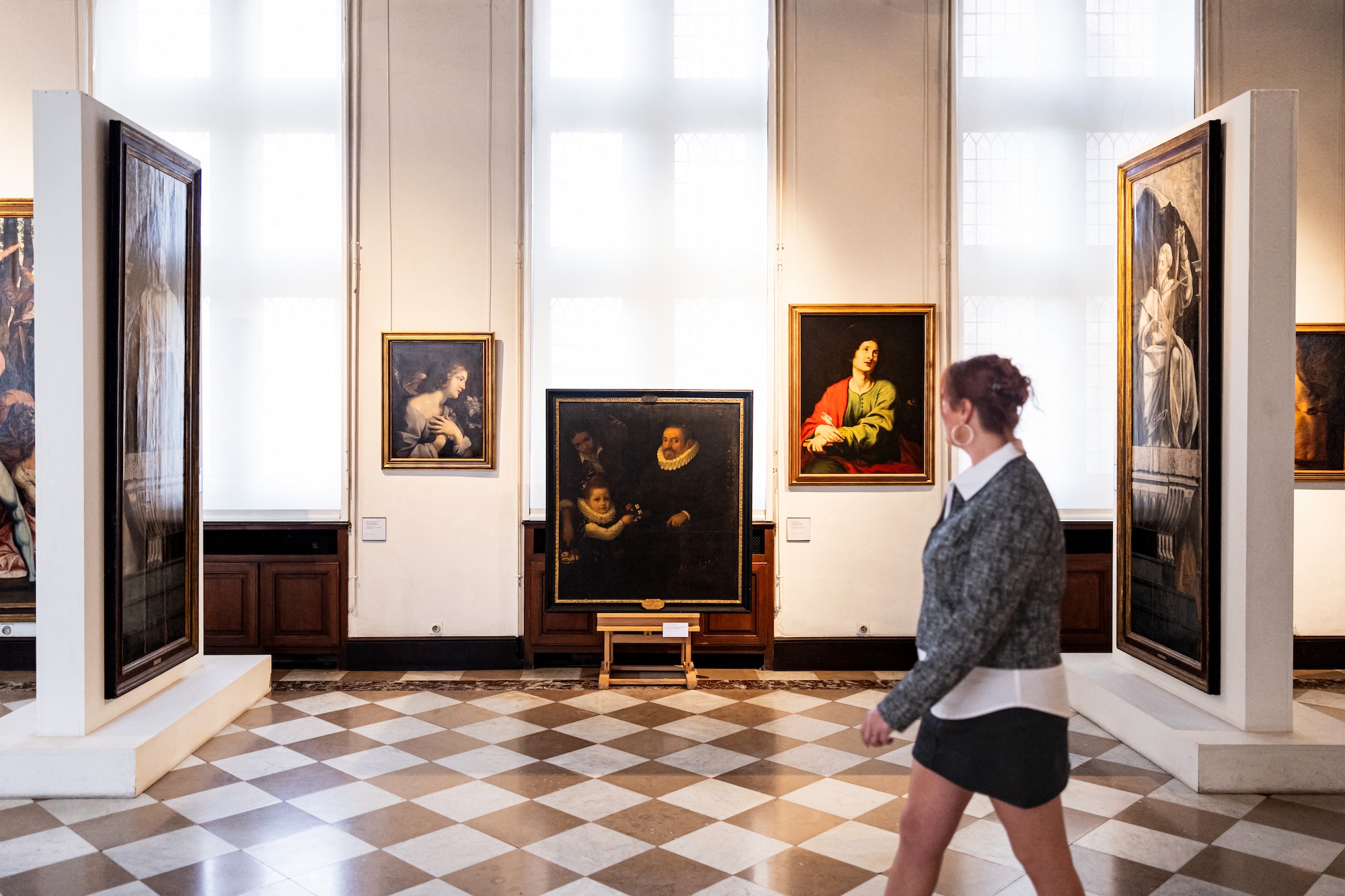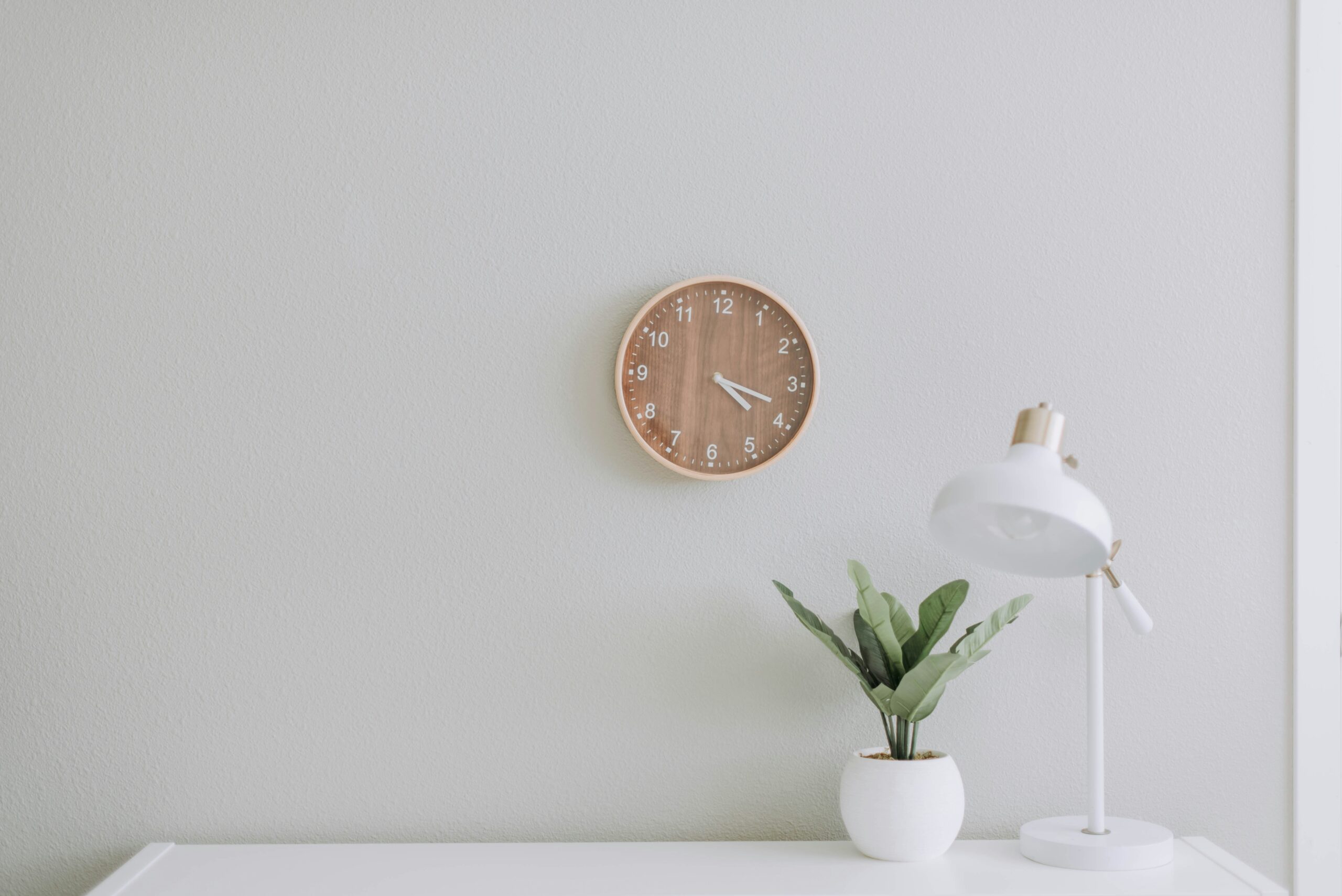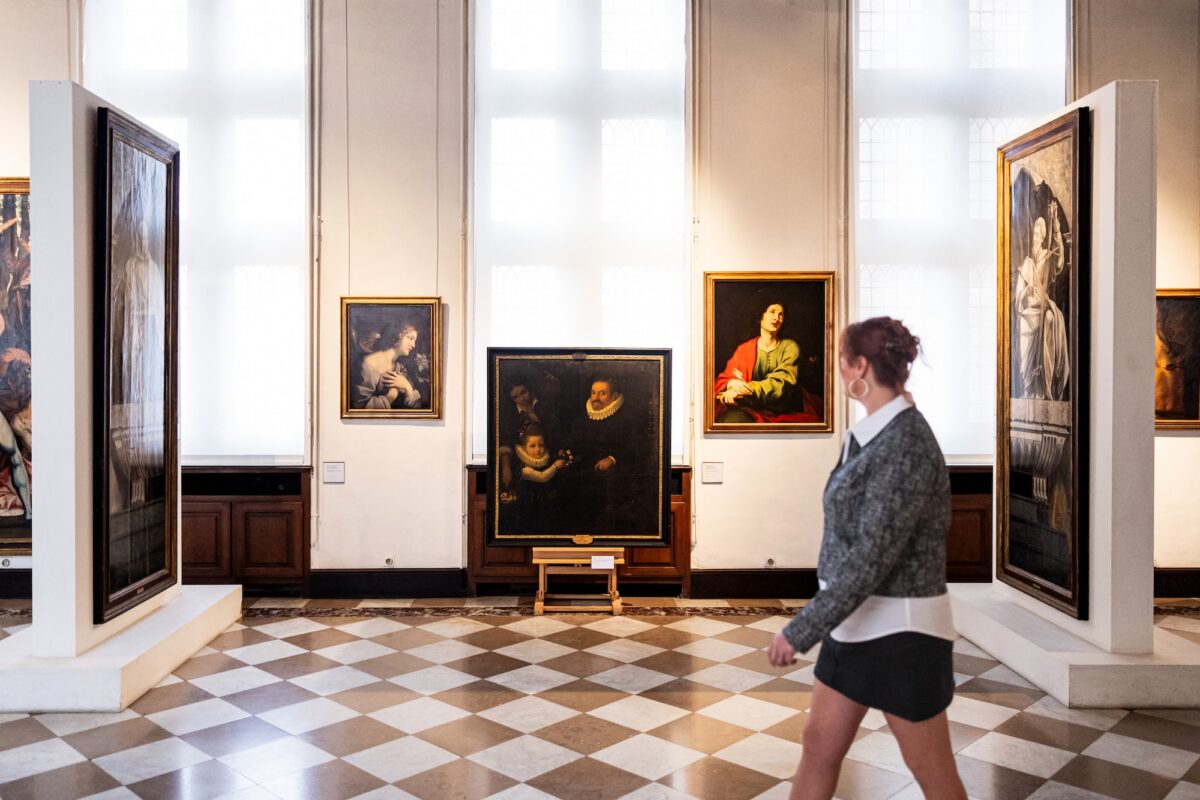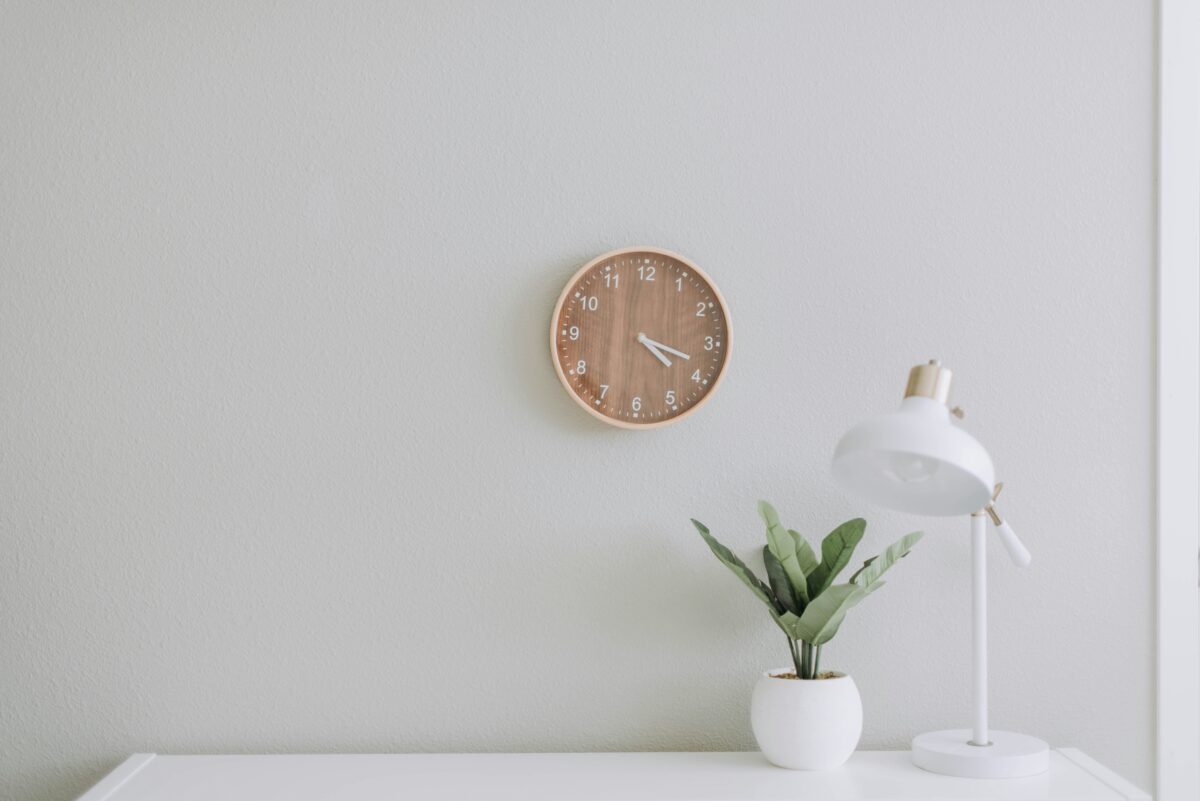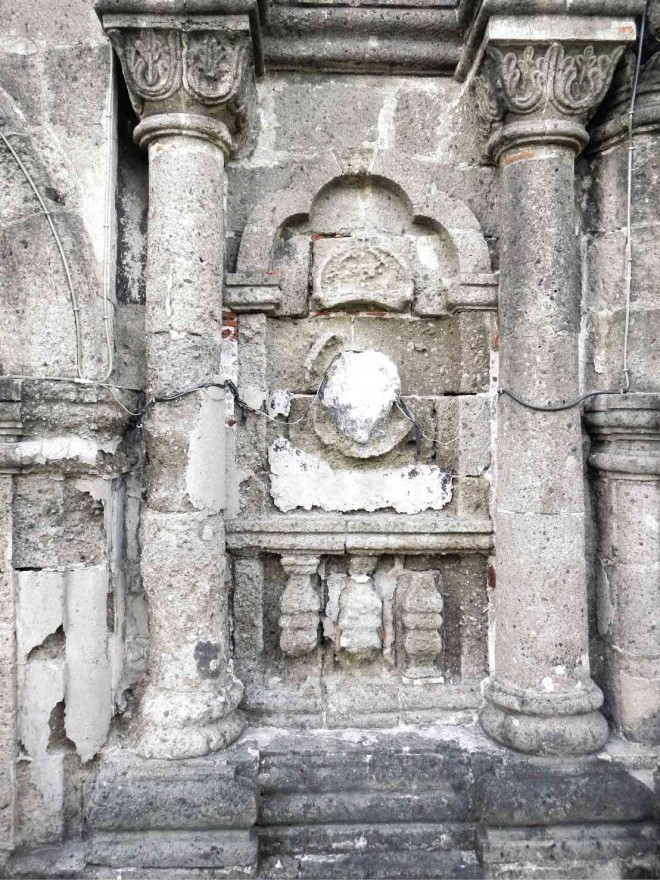
One man’s dirt is another man’s patina.
Quite often, what we have come to define as the “character” and “charm” of an old building is nothing more than an accumulation of grime, air pollution, bird droppings and moss; more the result of neglect, poor maintenance and erosion rather than the passage of time and the weight of history.
And yet, when steps are taken to restore said building to its original condition, we often feel that something indefinable but crucial to our emotional connection with the structure is lost in the process.
In the end, restoration becomes a delicate balancing act between the need to strengthen and renew the structure and the necessity to preserve a sense of the familiar for those who will continue to use it.
This contradiction has come to the fore in the ongoing restoration of the 400-year-old Malate Church, undertaken by the Columban fathers who have run the parish since the 1920s, in collaboration with Escuela Taller de Filipinas Foundation.
“There is a conflict here, because the public wants its churches to look old, even after restoration,” says Dr. Jaime Laya, chair of Escuela Taller.

from Escuela Taller working on grillwork
Vocational school
Based in Intramuros, Escuela Taller is actually a vocational school that teaches artisan building skills to out-of-school youth, with a particular focus on the correct restoration of heritage structures. Its curriculum meets international standards for restoration work.
Apart from teaching masonry, carpentry and finishing, the school also seeks to provide opportunities for employment for its graduates. Its students gain much-needed experience through on-the-job training programs in actual job sites including Malate Church and Dauis, Bohol, where a satellite school has been set up following the restoration of the Dauis bell tower by Escuela Taller graduates.
Most churches in Luzon built during the Spanish colonial era were erected from blocks of carved adobe. The walls were then coated with a palitada or plasterwork for a smooth finish.
In the 1970s, Laya explains, it became a fad to remove the outer plaster in order to expose the raw adobe beneath. “This made the church look old, but it also exposed the adobe to pollution and the elements,” he says. “As a result, the adobe was pulverized.”
To make matters worse, repairs were often made using modern cement, a material wholly incompatible with adobe.
The original palitada was made from a mixture of lime and sand. Sometimes egg whites were added to the mixture, as well as brick dust and other coloring agents. This process protected the adobe, while allowing it to “breathe,” i.e., allowing moisture from the ground and from rain to evaporate, thus preserving the integrity of the material.
Modern cement, on the other hand, is a sealant that keeps moisture in, causing the adobe to deteriorate over time.
“The result might look good for one or two years, meanwhile the original adobe slowly deteriorated from the inside,” says Laya.
Escuela Taller teaches the proper method of restoration as practiced in Europe and Mexico.
In the case of Malate Church, this involved examining each and every stone with a laser scanner for hidden faults, cracks and structural flaws. Stones that were damaged beyond repair were replaced with exact replicas hand-carved from newly quarried adobe.
During the restoration work, traces of the old plasterwork were found, which suggested that Malate Church might have originally been multicolored, with red and yellow plasterwork covering the façade.
But parishioners, over the years, had grown used to the look of raw, weathered adobe. A survey of churchgoers indicated that they wanted it to remain this way.
As a result, a compromise of sorts was struck: The plasterwork for the renovated church walls, made in the traditional way from lime and sand, was kept a neutral gray to match the color of the old adobe.
Rather than keep the plaster smooth as would have been the case during the colonial era, it was also scored with a grid pattern to express the adobe blocks beneath.
In the end, restoration has to consider the expectations of modern churchgoers versus the period-correct building techniques. It’s a continuing process of dialogue: educating parishioners about the aesthetics of restoration while listening to their concerns.
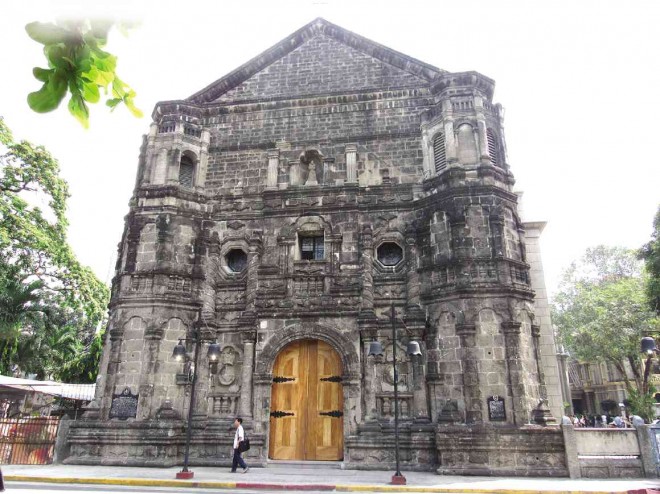
Choir loft
A case in point is the choir loft, which had been a relatively late addition to the church. Unfortunately, whoever had built it used steel I-beams inserted directly into the church walls to support the loft. The load had been too much for the old adobe walls to bear, resulting in a dangerously unstable structure.
The decision was made to dismantle the entire choir loft, and rebuild it using the correct methods. Since the original design was flawed to begin with, the new loft will essentially be a new design, built to match the look of the existing church interiors.
Perhaps the most critical aspect of the restoration work is the façade, which has been a Manila landmark for decades. According to architect Jeffrey Cobilla, head of Escuela Taller’s technical team, once the preparatory studies are completed, it should take the current crew of 25 graduates about six months to complete restoration of the façade.
Malate is unique among old Luzon churches because of its elaborate retablo-inspired façade, with its spiral columns and arches and relief carvings of religious symbols such as the sacred heart of the Augustinians, who originally built the church. It is also distinctive in that it blends Moorish influences with more common Spanish baroque flourishes.
Having endured everything from earthquakes to numerous invasions and wars during its four centuries of existence, as well as haphazard attempts at repair over the years, it is in urgent need of restoration.
“In recognition of the historical importance of Malate Church, what we’re trying to do is to restore it in a caring way,” says Fr. Dan O’Malley, SSC, the parish priest of Malate. “I think we’ve become more sensitive in the last 20 years when it comes to sacred and historical buildings. Nowadays there are more government institutions to monitor these things.
“A lot of the work done postwar was not compatible with the stone,” he adds. “We were fortunate to find Escuela Taller, which had the knowledge and the expertise.”
Also key to the restoration work are the fund-raising efforts of the Columban fathers, who set a target of P5 million in five months for five years, a target they’ve been able to meet through the contributions of parishioners and lay Filipinos who feel a connection with Malate Church.
“People are now more conscious of history,” says O’Malley. “Thirty or 40 years ago, people didn’t make distinctions about the kind of stone used. A church was a church was a church.”


